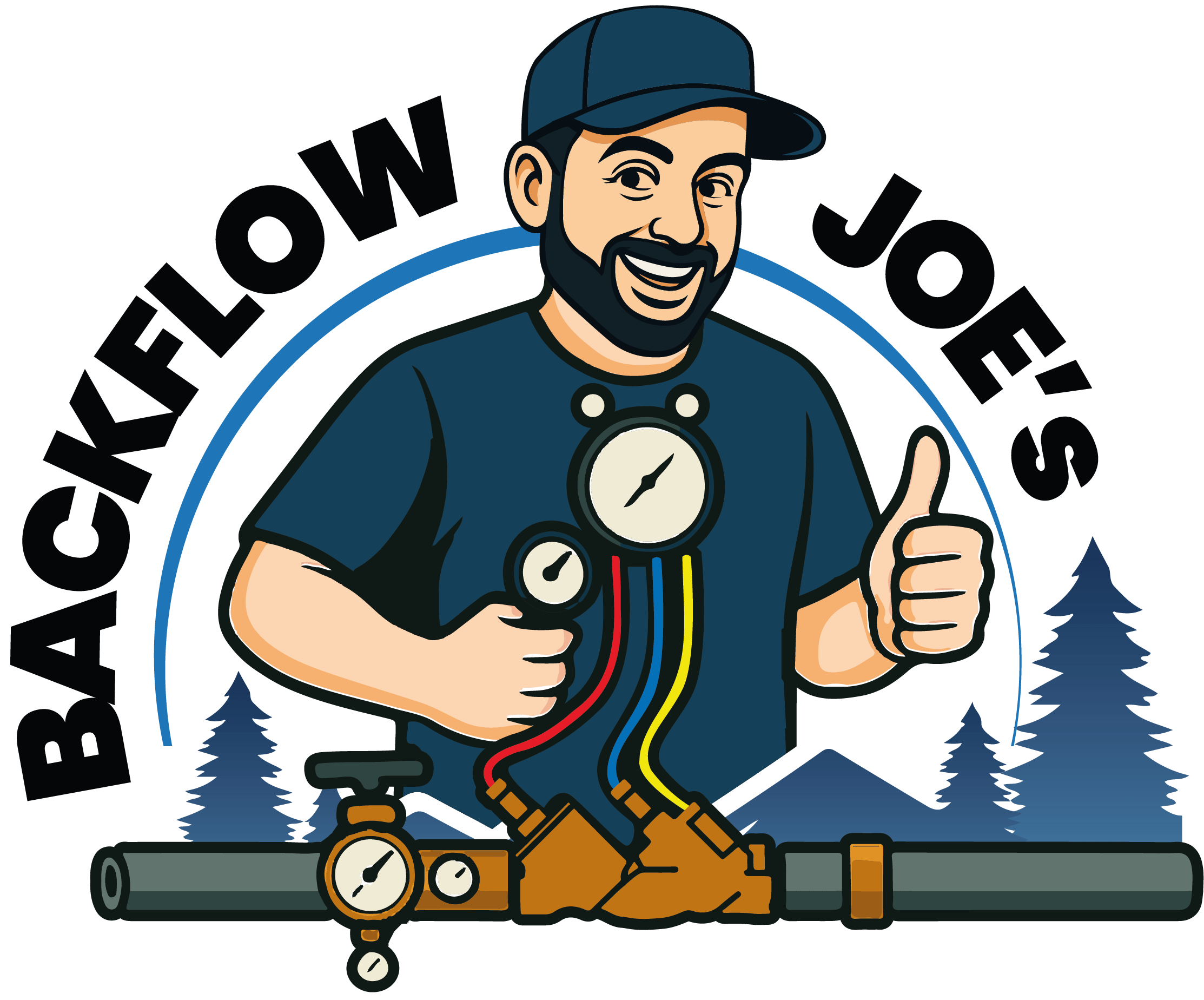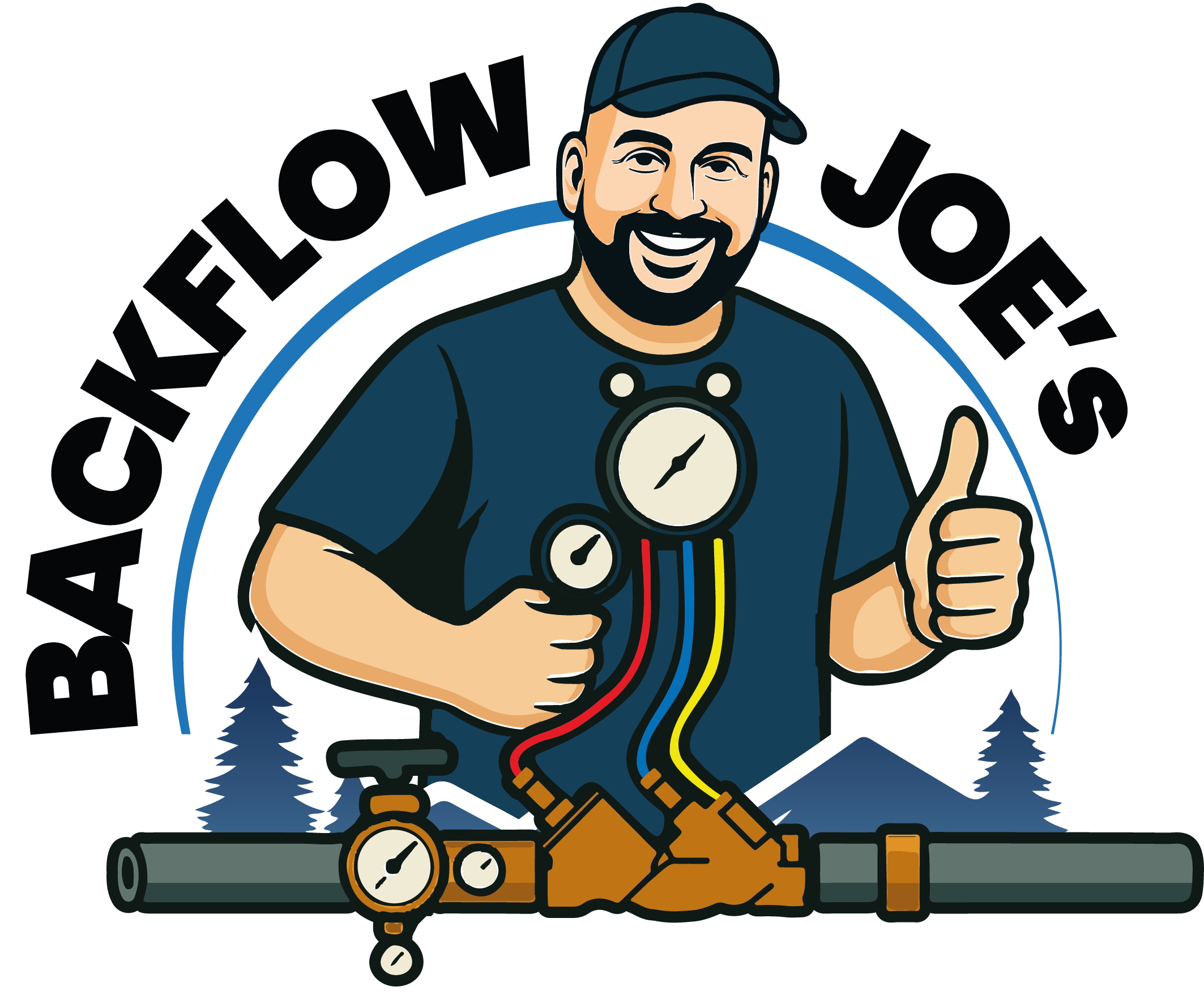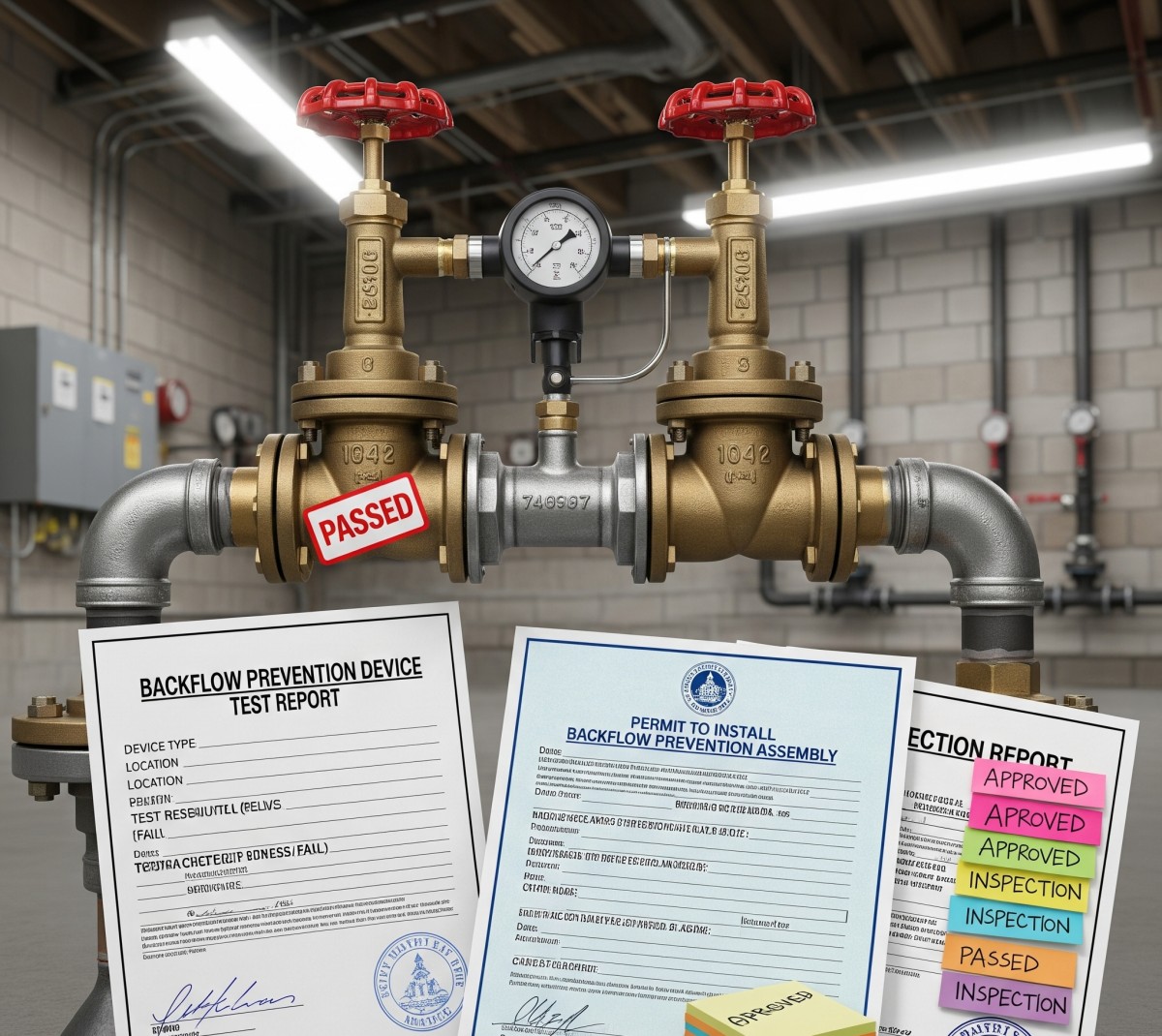When it comes to backflow prevention, most property owners focus on the device itself. They want to know if it is installed correctly and evaluated regularly. But there is a whole other part of the process that is just as important — making sure your system meets all local codes, passes inspections, and has the right permits in place.
At Backflow Joe’s, we manage this side of the job from start to finish. It is not the most glamorous part of the process, but it is what keeps you in compliance and your water supply safe. Let us walk through how we take care of permits and approvals, so you do not have to worry about red tape.
Understanding Why Permits and Approvals Matter
A backflow prevention system is not just another plumbing fixture. It is a regulated safety device. Cities and counties require it to be installed and maintained according to strict standards. That is because if the device fails, contaminants can flow backward into the public water system, putting entire communities at risk.
Permits and approvals make sure:
- Your system is designed to meet the right hazard level.
- The installation follows plumbing codes and municipal requirements.
- Annual testing and maintenance are documented for compliance.
Skipping this process is not just risky — it can lead to fines, service shut-offs or having to redo the work from scratch. That is why Backflow Joe’s never treats permits as optional.
Step One: Site Assessment and System Selection
Before we even fill out a single form, we start with a site visit. We look at your property’s water setup, measure pipe sizes, check water usage, and identify the hazard level.
For example, a small home may only need a double check valve assembly. But a food processing plant might require a reduced pressure zone (RPZ) assembly with extra protection. The type of system you need affects the type of permit you will be applying for.
Once we have confirmed the right device, we are ready to manage the paperwork.
Step Two: Permit Application
Every city and county in New York have its own rules for backflow permits. Some require detailed engineering drawings. Others want proof of contractor licensing. Many require both.
Here is what Backflow Joe does during the application phase:
- Gather all property information – address, parcel number, existing plumbing schematics.
- Prepare the technical documents – device specifications, installation plan, and hazard level report.
- Verify licensing requirements – making sure our licensing and insurance paperwork is up to date for submission.
- Submit to the correct authority – city building department, county utility department, or local water authority.
Because we work across different New York counties, we already know what each district expects. That means we get approvals faster and avoid costly delays.
Step Three: Approval Process
After submitting, there is usually a review period. This can be quick — a few days — or take several weeks depending on workload at the permitting office.
During this time, the local authority might:
- Ask for clarification on the hazard assessment.
- Request adjustments to meet plumbing code updates.
- Schedule a preliminary inspection before issuing the permit.
Instead of you juggling emails and calls with inspectors, we manage all of it. Our team speaks the same “permit language” as building officials, so we can answer technical questions right away.
Step Four: Installation According to Code
Once the permit is in hand, we move on to installation. This step is just as much about compliance as it is about function. If the installation does not match the approved plans, you could fail inspection later.
We follow the approved drawings to the letter — placement, pipe sizes, connection types, clearances, and signage. We also keep a record of every material used so that when the inspector asks, we have proof ready.
Step Five: Inspection and Final Approval
After installation, the city or county inspector comes to check the work. They will confirm:
- The device is the correct type and size.
- It is installed in the approved location.
- It meets spacing and accessibility requirements.
- Testing ports are accessible and labeled.
If the inspection passes, we get the green light — your permit is closed out, and the system is officially approved. If there is a minor correction needed, we take care of it immediately, so you do not have to reschedule inspections multiple times.
Step Six: Annual Testing and Record Keeping
Permits and approvals are not a one-and-done deal. Most districts require annual testing of your backflow prevention device, with the results filed with the city or utility provider.
At Backflow Joe’s, we schedule your tests ahead of the deadline, so you never risk non-compliance. We also keep copies of all test reports and permits for your records. This helps if you ever sell the property or if the city requests proof of past compliance.
Common Permit Mistakes We Help You Avoid
Property owners who try to manage permits on their own often run into these issues:
- Using the wrong device type – leading to failed inspections.
- Missing technical documents – causing permit rejections.
- Not matching installation to approved plans – forcing rework.
- Forgetting about annual filing deadlines – resulting in fines.
We have seen all these scenarios, and we have built a process to make sure they do not happen in our jobs.
Why Let Backflow Joe’s Handle the Process
We are not just installing a device — we are making sure your system passes every step of the regulatory process without stress. By handling permits and approvals in-house, we save you:
- Time – no chasing down inspectors or submitting corrections.
- Money – no paying twice for work due to failed inspections.
- Headaches – no confusion about what your city requires.
Plus, we have established relationships with many New York permitting offices, which helps keep things moving quickly.
New York-Specific Permit Considerations
If you own property in New York, you know our state has unique plumbing and water regulations due to its climate and environmental concerns. Certain cities have extra requirements to protect against saltwater intrusion. Others have stricter hazard classifications for irrigation systems.
The Bottom Line
Backflow prevention is not about protecting your water supply — it is also about playing by the rules, so your property stays in compliance. Permits and approvals might not be the most exciting part of the process, but they are essential.
At Backflow Joe’s, we have built a system that makes it as painless as possible. From the first hazard assessment to the final inspection, we take care of every detail. You get a safe, approved backflow prevention system — without getting buried in paperwork.
If you are installing a new system or replacing an old one, let us manage the permitting process so you can focus on running your home or business.






